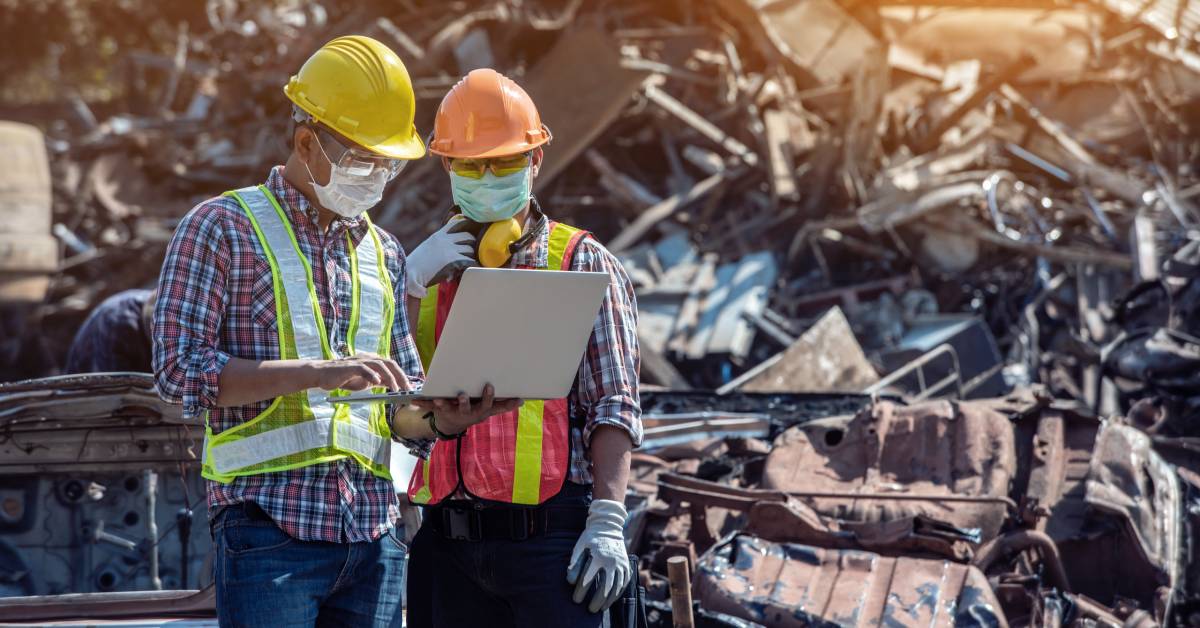4 Tips for Working With HAZMAT on Construction Sites

Construction teams frequently deal with hazardous materials (HAZMAT), including chemicals, asbestos, lead, and silica dust. Handling these materials safely is challenging but crucial to avoid accidents, health risks, and environmental damage. Following these four tips for working with HAZMAT on construction sites to maintain or improve safety.
1. Train Your Team
Providing training and certification for all personnel handling hazardous materials is non-negotiable. Workers need to understand the hazards associated with the materials they are dealing with and how to handle them safely. Training should include the use of personal protective equipment (PPE), emergency response protocols, and correct storage and disposal methods.
Certification verifies that a worker has met the requirements to handle hazardous materials competently. Regular refresher courses keep everyone updated on new regulations and best practices.
2. Use Appropriate Personal Protective Equipment
Personal protective equipment is the first line of defense when working with hazardous materials. Essential PPE includes gloves, goggles, respirators, coveralls, and steel-toed boots. These items serve specific purposes, protecting various parts of the body from harmful exposure.
Construction site supervisors should conduct regular checks to ensure compliance; they should also provide additional PPE if necessary. Workers require training in the correct way to wear and maintain their equipment to ensure maximum protection.
3. Conduct Thorough Risk Assessment and Planning
Before working with hazardous materials, complete a comprehensive risk assessment of the construction site. This process helps to identify potential hazards, evaluate risks, and develop mitigation strategies. Everyone on-site should understand the detailed plan for safely handling, transporting, and storing hazardous materials. Additionally, site safety managers must clearly outline and communicate emergency procedures to all personnel.
Choosing the right HAZMAT container for long-term projects ensures the hazardous materials remain stable and contained, reducing the risk of accidents. Hazardous substances require different types of protective storage, including spill containment measures and fire ratings. Investing time and resources into choosing the right HAZMAT containers during the planning phase can pay off by promoting a safer work environment and preventing incidents.
4. Regularly Inspect Storage Areas
Routine monitoring and inspection maintain safety standards on construction sites when dealing with hazardous materials. Look for leaks, spills, or signs of damage in HAZMAT storage areas, and address issues immediately.
Monitoring also includes keeping detailed logs of inspections and any corrective actions taken. This documentation can be crucial for regulatory compliance and for recognizing patterns that might indicate recurring problems. Being proactive in monitoring and inspection helps to prevent accidents and protect workers and the environment.
Maintaining safety on construction sites requires vigilance, training, and planning. With these pointers, construction site managers can manage hazards while protecting their crews.





